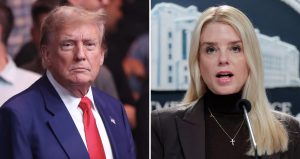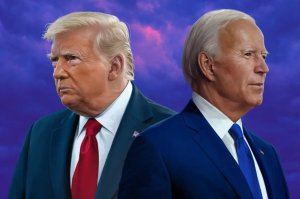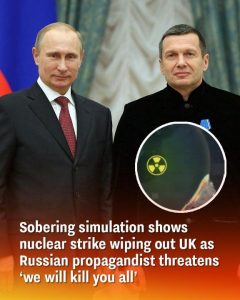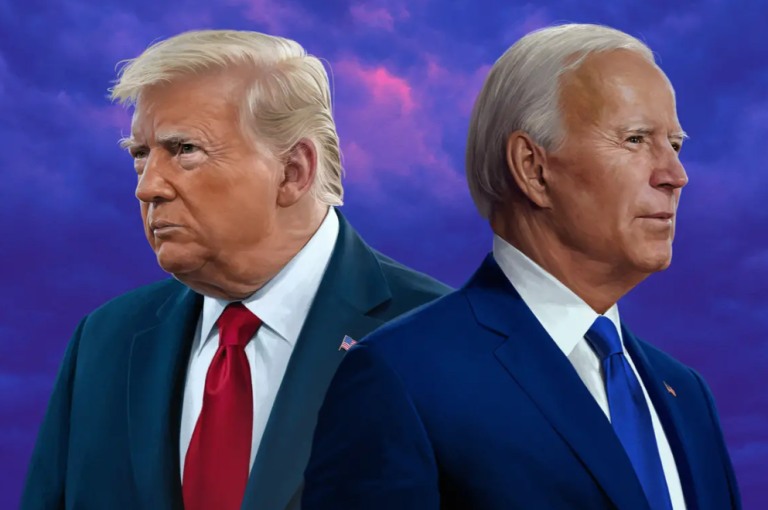Trump Fires Back as China Announces 34% Retaliatory Tariff on U.S. Goods: A Detailed Analysis
On April 4, China announced a sweeping new tariff—34% on all U.S. imports effective April 10—in response to recent U.S. tariff measures. The announcement marks another escalation in the ongoing trade dispute between the United States and China. In the wake of this development, President Donald Trump wasted no time in issuing a forceful response, claiming that China had made a strategic error. This article examines the timeline of events, the policy decisions on both sides, and the broader implications for international trade and global economic stability.
The Context: Escalating Trade Tensions
In recent months, tensions between the U.S. and China have escalated as both sides have implemented tariffs in an effort to protect domestic industries and address perceived trade imbalances. The dispute intensified when President Trump announced a series of tariffs on imports from China along with measures against a number of other countries, a move he linked to a symbolic “Liberation Day” for the United States on April 2. This day, celebrated by the administration, underscored a broader strategy aimed at pressuring trading partners to change their economic policies.
The Trump administration’s approach has been to levy what it describes as “reciprocal tariffs.” In this context, the U.S. had declared a 54% tariff on all Chinese imports entering the country—a measure intended to counteract what the administration regards as unfair trade practices. In response, China’s commerce ministry quickly moved to protect its interests by imposing retaliatory tariffs, announcing a 34% tariff on U.S. products. Along with this new tariff, China outlined plans to further restrict exports of rare earth materials—critical components in modern technology, including computer chips and electric vehicle batteries.
China’s Retaliatory Measures
China’s reaction to the U.S. tariffs was swift and multifaceted. In its announcement, Beijing described the U.S. measures as a unilateral move that violated World Trade Organization (WTO) rules. The Chinese commerce ministry stated:
“The United States’ imposition of so-called ‘reciprocal tariffs’ seriously violates WTO rules, seriously damages the legitimate rights and interests of WTO members, and seriously undermines the rules-based multilateral trading system and international economic and trade order. It is a typical unilateral bullying practice that endangers the stability of the global economic and trade order. China firmly opposes this.”
In addition to the 34% tariff on U.S. imports, China had already implemented other retaliatory measures. Prior announcements included a 15% tariff on coal and liquefied natural gas products from the United States, and a 10% tariff on products such as crude oil, agricultural machinery, and large-engine vehicles. Moreover, Beijing’s move to impose export controls on rare earth elements signals a broader strategy to leverage its dominant position in key global supply chains.









